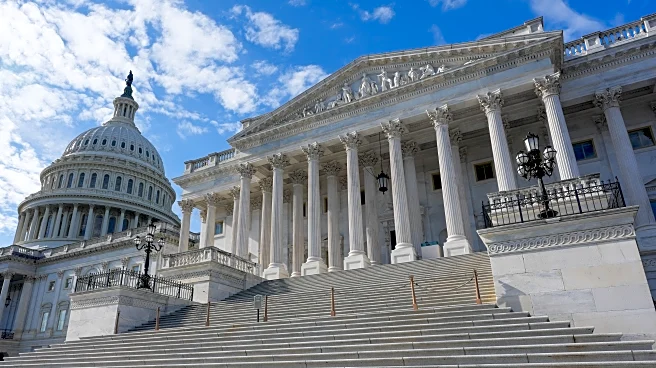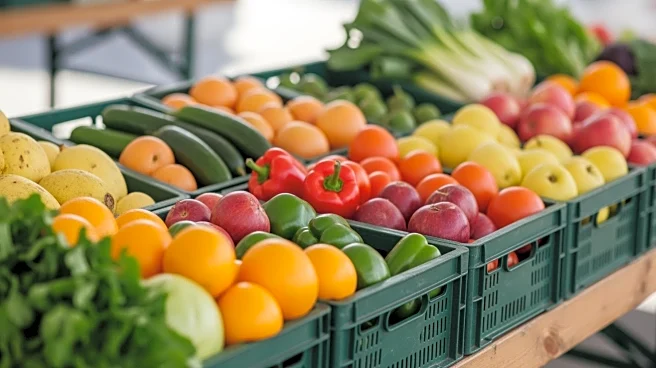What's Happening?
A study by the Bank of America Institute reveals that nearly a quarter of U.S. households are living paycheck to paycheck in 2025, up from 23.5% in 2024. The report highlights that necessity spending, including childcare, housing, and groceries, exceeds
95% of income for these households. The increase is primarily among lower-income households, particularly millennials and Gen X, while higher- and middle-income households have seen little change. Regional differences are noted, with increases in the Northeast and Midwest, while the South and West have seen decreases due to lower inflation rates.
Why It's Important?
The growing number of households living paycheck to paycheck underscores the economic challenges faced by many Americans, particularly in regions with higher inflation rates. This trend highlights the need for policies that address wage stagnation and rising living costs. The situation is exacerbated by rapid spending habits, with many Americans spending a significant portion of their paycheck within hours of receiving it. Addressing these issues is crucial for improving financial stability and reducing reliance on credit.
What's Next?
As inflation continues to rise, there is potential for increased financial pressure on consumers, particularly in regions with higher living costs. Policymakers may need to consider measures to support wage growth and reduce living expenses. The focus will be on creating economic conditions that allow households to build savings and reduce reliance on credit.















